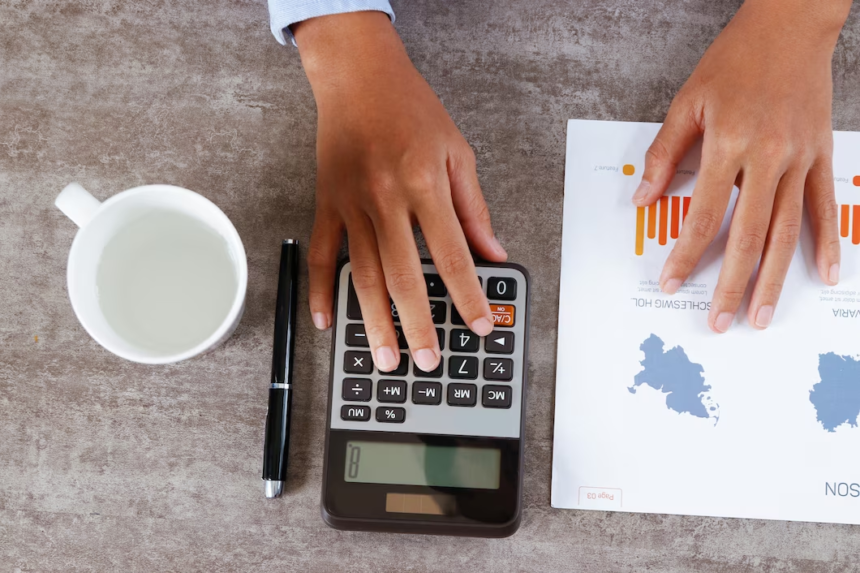Title: The Cash Envelope System: A Simple Method for Controlling Spending and Saving
Introduction: Managing personal finances effectively is essential for financial stability and achieving financial goals. One popular and effective method for controlling spending and promoting saving is the cash envelope system. The cash envelope system is a straightforward and tangible approach that helps individuals track their expenses, stay within budget, and prioritize their financial goals. In this article, we will explore the cash envelope system, how it works, and the benefits it offers for controlling spending and saving.
- How the Cash Envelope System Works: The cash envelope system is a budgeting method that involves using physical envelopes to allocate and track spending for various categories. Here’s how it works:
a. Determine Budget Categories: Start by identifying the key categories for your budget, such as groceries, transportation, entertainment, dining out, and miscellaneous expenses.
b. Allocate Funds: Assign a specific amount of cash to each category based on your budget. This involves dividing your monthly income into these designated envelopes.
c. Use Cash for Expenses: When making a purchase within a specific category, only use the cash allocated to that envelope. For example, if you’re buying groceries, use the money from the grocery envelope.
d. Track Spending: Keep a record of your transactions and update the envelope balance regularly. This will help you stay aware of how much money you have left for each category.
e. Adjust as Needed: If you run out of cash in a particular envelope before the end of the month, you can either reallocate funds from another envelope or adjust your spending in that category.
- Benefits of the Cash Envelope System: The cash envelope system offers several advantages that can help individuals control their spending and achieve their saving goals:
a. Increased Awareness: By using physical envelopes and cash, you have a tangible representation of your money. This heightened awareness can discourage unnecessary spending and encourage more mindful financial decisions.
b. Strict Budgeting: The cash envelope system forces you to stick to your budget because once the money in a particular envelope is gone, you cannot spend any more in that category until the next budgeting period.
c. Reduced Debt: The cash envelope system helps prevent overspending and accumulating unnecessary debt. It encourages you to prioritize your spending and avoid relying on credit cards or loans for everyday expenses.
d. Improved Saving Habits: Since the cash envelope system requires you to allocate funds for savings, it helps promote a saving mindset and encourages regular contributions towards your financial goals.
e. Flexibility and Control: The system allows for flexibility in adjusting your budget as needed. If circumstances change or unexpected expenses arise, you can easily redistribute funds among envelopes to accommodate your new priorities.
- Tips for Implementing the Cash Envelope System: To make the most of the cash envelope system, consider the following tips:
a. Start Small: Begin with a few key categories and gradually expand as you become more comfortable and familiar with the system.
b. Use Envelopes or Digital Alternatives: Physical envelopes can be effective for some, but if you prefer a digital approach, consider using budgeting apps that offer virtual envelopes or designated accounts for each category.
c. Review and Reflect: Regularly review your spending habits, evaluate your progress, and make adjustments as necessary. This will help you identify areas for improvement and stay on track with your financial goals.
d. Maintain Discipline: It’s crucial to resist the temptation to dip into envelopes designated for other categories or use alternative payment methods when you run out of cash. Stick to your budget and remain disciplined throughout the process.
e. Combine with Other Strategies: The cash envelope system can work in conjunction with other money-saving strategies, such as meal planning, couponing, and negotiating better prices, to maximize your savings potential.
Conclusion: The cash envelope system is a practical and effective method for controlling spending, staying within budget, and promoting saving. By using physical envelopes or digital alternatives to allocate funds for different categories, individuals can develop better financial habits, reduce debt, and make progress toward their financial goals. Whether you’re aiming to pay off debt, save for a vacation, or build an emergency fund, the cash envelope system provides a tangible and disciplined approach to managing your finances. Give it a try and see how this simple method can empower you to take control of your spending and achieve financial success.










